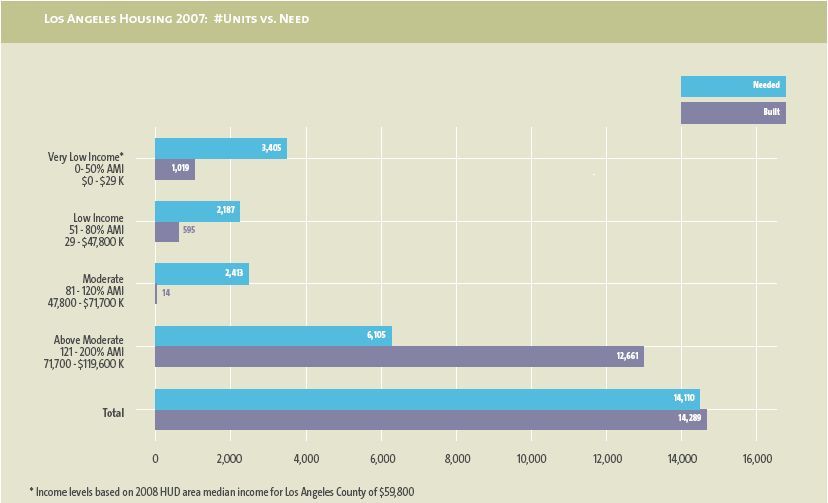John Petro
“Housing Incentive Zones” in LA
The LA Times reports:
A coalition of Los Angeles business groups put forward an affordable-housing plan Thursday that its leaders said would lead to more apartments and condos for working people without imposing restrictions that could cast a pall over entrepreneurial efforts.Its centerpiece is a network of "housing incentive zones" where developers building housing with at least some workforce units would be allowed to relax height and parking requirements and receive expedited approvals.
The plan also calls for giving increased benefits to neighborhoods that accept higher density, in the form of sidewalk repairs, park expansions or other improvements. And it calls for building housing on industrial land and surplus city property.
In principle, these proposals are good policy. Housing policies in cities like Los Angeles, New York, and San Francisco, where housing prices are vastly greater than construction costs (which includes labor, materials, land, permitting, and financing), should be geared toward increasing the supply of housing. If demand for housing outpaces supply, as is the case in L.A., the scarcity of housing leads to increased prices.
However, left entirely on its own, the market will not provide housing for all income levels. Land is, after all, is a finite resource, and there is only so much density that a parcel of land can comfortably handle (or NIMBY’s will allow). The chart below, from L.A. Mayor Antonio Villaraigosa’s Housing that Works five-year housing plan, shows that the overwhelming majority of units produced in L.A. in 2007 were only affordable for those making between 121% - 200% of the area’s median income (I’m not entirely sure how valid the numbers are for the “need” for high-end housing, but I’m willing to take these numbers for what they’re worth).

Developers will build the type of units for which they can receive the highest return, i.e. luxury units. That’s why it is important to offer incentives such as increased height or density for developers that opt to build moderately-priced units. By increasing the number of units that are allowed on a certain lot, the developer is able to receive a higher rate of return.
A report by the Furman Center concludes that housing policies that are more flexible and give developers more options will result in more affordable units than policies that simply mandate that a developer include a certain number of affordable units in every development. San Francisco’s recent Eastern Neighborhoods Plan includes both the carrot and the stick for housing affordability, requiring developers to include a certain number of affordable units (and including alternatives such as paying into an affordable housing fund) and offering density bonuses for developers to include even more affordable units.
Also, I like the idea of offering neighborhoods improvements in the way of park expansions and sidewalk repairs (I would love to see transit improvements as part of a deal) in exchange for more density. Hopefully this could temper some NIMBY sentiments and allow for more housing production. I’m not sure how such a deal would be struck – who, for instance would represent the neighborhood in such a deal – but the idea is a good one.
Finally, we need to acknowledge that housing those with very low incomes will not be achieved through inclsionary zoning policies. A better solution for very low income housing would be based on Chicago’s Rental Housing Subsidy Program.
John Petro: Author Bio | Other Posts
Posted at 6:40 PM, Jan 13, 2009 in
Housing | Urban Affairs
Permalink | Email to Friend










